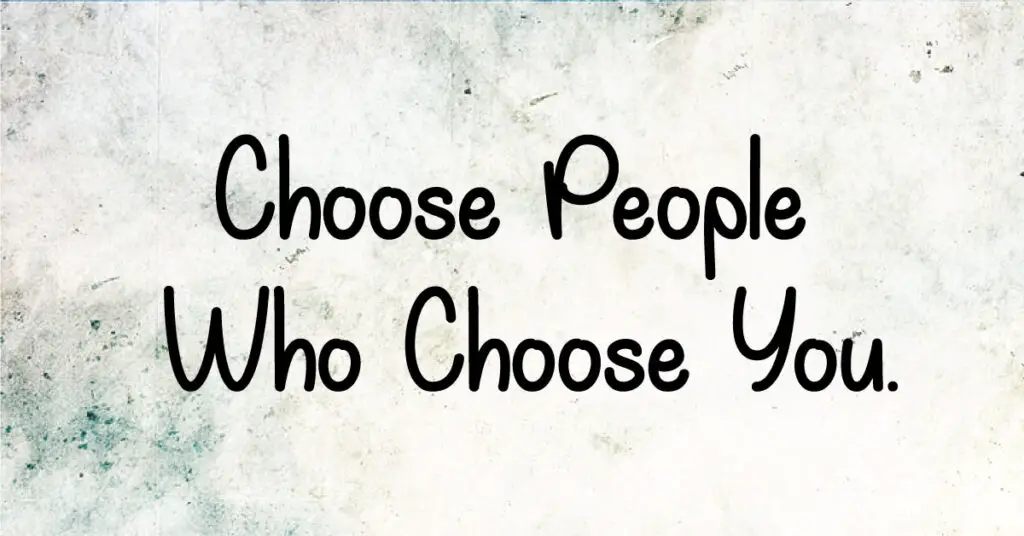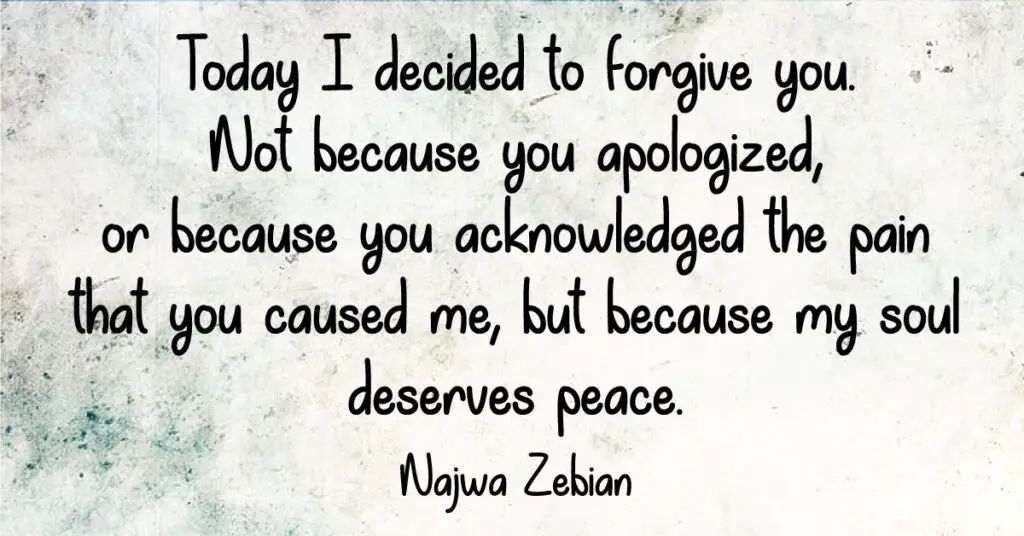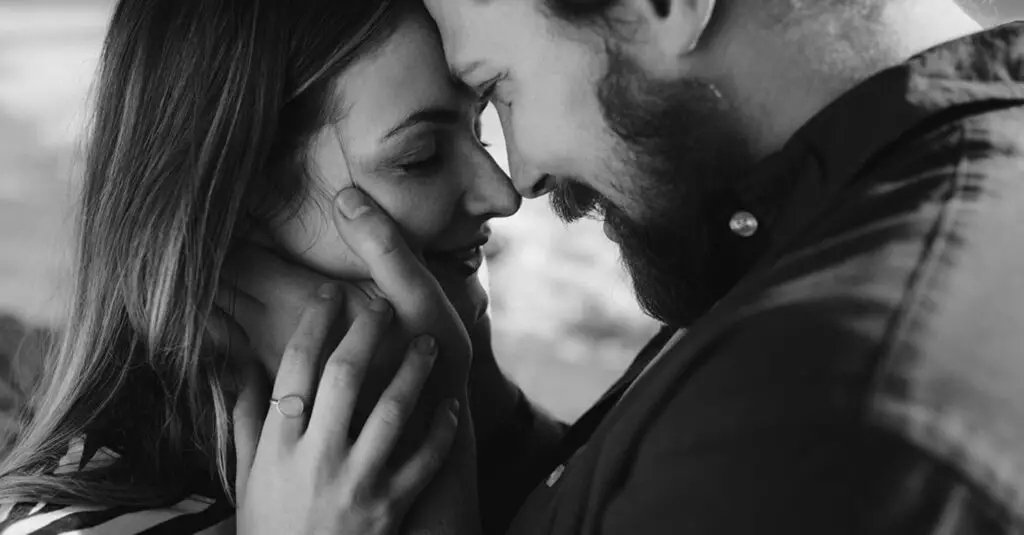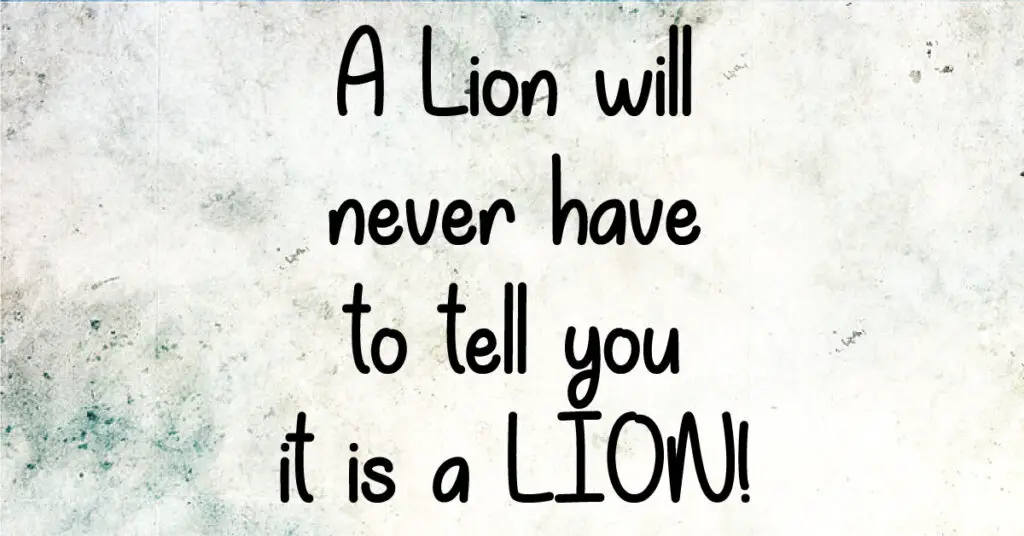Most relationships can be complicated, but some of the most difficult ones are one-sided. Whether it’s from a friend, romantic partner, family member or colleague, or, even strangers, we often find ourselves in situations where we are always giving more than receiving. A one-sided relationship is one where only one person has their needs met – and the other feels unheard and unappreciated. It’s an unhealthy dynamic that can lead to feelings of resentment, self-doubt and insecurity.
However, if you’re in a one-sided relationship, it doesn’t mean you have to stay stuck. There are ways to build healthier relationships and find balance by understanding each other better and communicating openly. With the right tools, we can turn these unfair dynamics into mutually beneficial ones!
I wanted to know people
I have always been a curious person, always wanting to know more about the people around me. Whether it was in school, at work or out in public, I could never resist the urge to strike up conversations with strangers and learn something new from them.
It is almost like I am naturally drawn to people, as if they were magnets, and I feel compelled to get to know each one of them despite how intimidating it may seem. Some people find it strange or even creepy when you approach them but I love getting to know different kinds of people and discovering their unique stories.
Whether it be learning about their background, their hobbies or even just finding out what kind of food they like; no detail is too small for me. To me, getting to know someone means understanding who they are and appreciating that every single interaction with a person creates an opportunity to expand your horizons and grow. Every person has something interesting and worth knowing about them – all you have to do is take the time to reach out and ask.
Growing up, I thought my curiosity was a weakness instead of a strength. Teachers and coaches had warned me to not be “too social” or “too talkative”. What others saw as too interested in others’ lives, I saw as an opportunity to learn more about them. I was highly empathic and extremely attuned to other people’s feelings and emotions. This made it hard for me to set boundaries as a child, often taking on responsibility for the emotions of those around me while neglecting my own needs. My mom often found my insatiable curiosity overwhelming, thinking it was intrusive rather than a gift. I recall her telling me to be quiet and not to bother people too much. Though she meant it out of love and care, the truth was that her patience couldn’t keep up with my burning curiosity.
Realizing That Curiosity Does Not Equal Connection
It took some time for me to understand that my curiosity is actually a strength, one that I could use to connect with people in meaningful ways. But in some relationships, I started to notice something strange – while I was getting to know someone more and more, they weren’t really doing the same for me.
It wasn’t until later in life that I realized this one-sidedness wasn’t because of me, or because of them. It was just something that happens sometimes when two people don’t quite click together in their relationship dynamic. Even though my mom’s attempts at protecting me were well-meaning, now that I’m older, I can look back on those moments with gratitude for having this beautiful quality in my life and understanding how it can both help and hurt depending on the situation.
Having two-sided relationships is both tough and rewarding – tough because you risk being judged or rejected if you open up with your true self, but rewarding because when you are accepted with open arms, it is so fulfilling on both ends. Being able to connect with someone on an intimate level and knowing that they are just as eager as you are to get to know you better is deeply satisfying and something worth craving for.
When forming two-sided relationships with people, there are some key signs that you should look out for. Here are a few:
- Unconditional acceptance: both parties accept each other’s shortcomings and praise their strengths, even if they don’t always agree.
- Authenticity: both parties are open, honest and genuine in their communication with each other.
- Empathy: both parties have the ability to empathize with each other’s emotions and feelings.
- Mutual understanding: both parties make an effort to understand the thoughts and perspectives of one another.
- Supportive attitude: both parties provide encouragement, understanding and kindness to one another when needed.
Developing healthy relationships
If you want to build healthy relationships, the first step is identifying those which are not healthy. It can be difficult to make the time for forging new friendships if your energy is being directed towards dead-end relationships that are going nowhere. Although it might be hard to part with old friendships, it can be necessary in order to create space for new ones.
Healthy relationships don’t happen by chance – they require effort and focus on what matters most. Knowing your own needs and communicating them clearly to others allows you to form closer bonds and show genuine honesty in your relationships. When we seek these kinds of connections, we also demonstrate how important our relationship is to us and what type of behavior we expect from the other person. This allows both parties engaged in the relationship to decide if they have the capability or desire to meet those needs. With their feedback, you will know whether it is worth investing more effort into the friendship or backing away and putting more focus elsewhere.
My curiosity, my biggest strength
But now, I have come to appreciate this unique quality as one of my greatest gifts. My curiosity has allowed me to make incredible connections with people from all walks of life, to better understand myself and the world around me. Even when it is seen by others as something negative, being curious has transformed into one of my most valuable skills.








